REGENERATIVE RESILIENCE REDESIGNED





Food Systems in Tasmania
Architecture & Design
University of Tasmania






University of Tasmania
Food is central to all our lives. Our attitudes and cultures determine what, when and how we consume; what we eat is intrinsic to our identity. At a state level, Tasmania is uniquely situated to be self-sufficient in its food supply, and for all its citizens to have food security, yet this is not the case.
Tasmania offers a unique environment to explore and expose the global challenges and opportunities of reimagining our food system.
Tasmania produces some of the highest quality food in the world and is a net exporter of foodbased agricultural products. Yet, food access and food insecurity remain a key problem for many Tasmanians. Further, Tasmanians experience some of the highest rates of obesity, heart disease and diabetes linked to poor nutrition and access to healthy food. In response to this we asked:
How might Design make the most of the natural advantages our locality provides and create climate positive solutions that are both accessible and beneficial to all?
The design proposals in this ‘zine are divided into four chapters:
Rethinking waste. Reconnecting to source. Reframing experiences. Reshaping interactions.
In curation and naming we have been repetitive and deliberate in the use of the prefix Re.
Re has Latin origins and means again, this reflects both our planetary urgency to think in cycles and systems, and a process that is central to design; iteration.
Design is rarely a uniquely new manifestation; rather it is the result of purposeful ideas and proposals that have been reiterated and refined. In these chapters, we hope that these ideas will help you think anew about our food systems in Tasmania, and how they can be regenerative, resilient and redesigned.
How might we build a climate positive and equitable food system for Tasmania?
Between 2020 and 2022, select units within the Bachelor of Design and the Master of Architecture responded to this challenge, and this publication showcases the result.
This ‘zine shows ideas and proposals on how we rethink our connection to food; where it is cultivated, created and consumed; how it brings people together; and the value of waste.
These projects serve as an optimistic salve for both designers and readers to the warranted anxiety around climate change.
Proactive, positive and purposeful - this is the work of Design, and the thinking that is required for us to reimagine and reshape our world. The design proposals in this ‘zine contribute to the future possibilities of the food system in Tasmania.
Cover & drawings throughout:
Georgia Maginnity
Studio Leaders:
Helen Norrie
Ceridwen Owen
Mark Sawyer
Annalise Varghese
Vanessa Ward


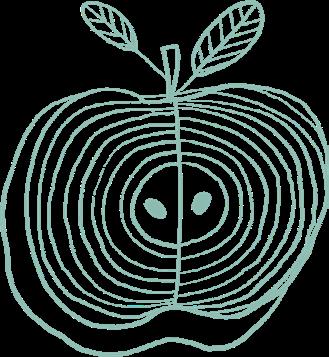



How might our food waste streams become a precious resource?
“Where my friend saw possibility.”

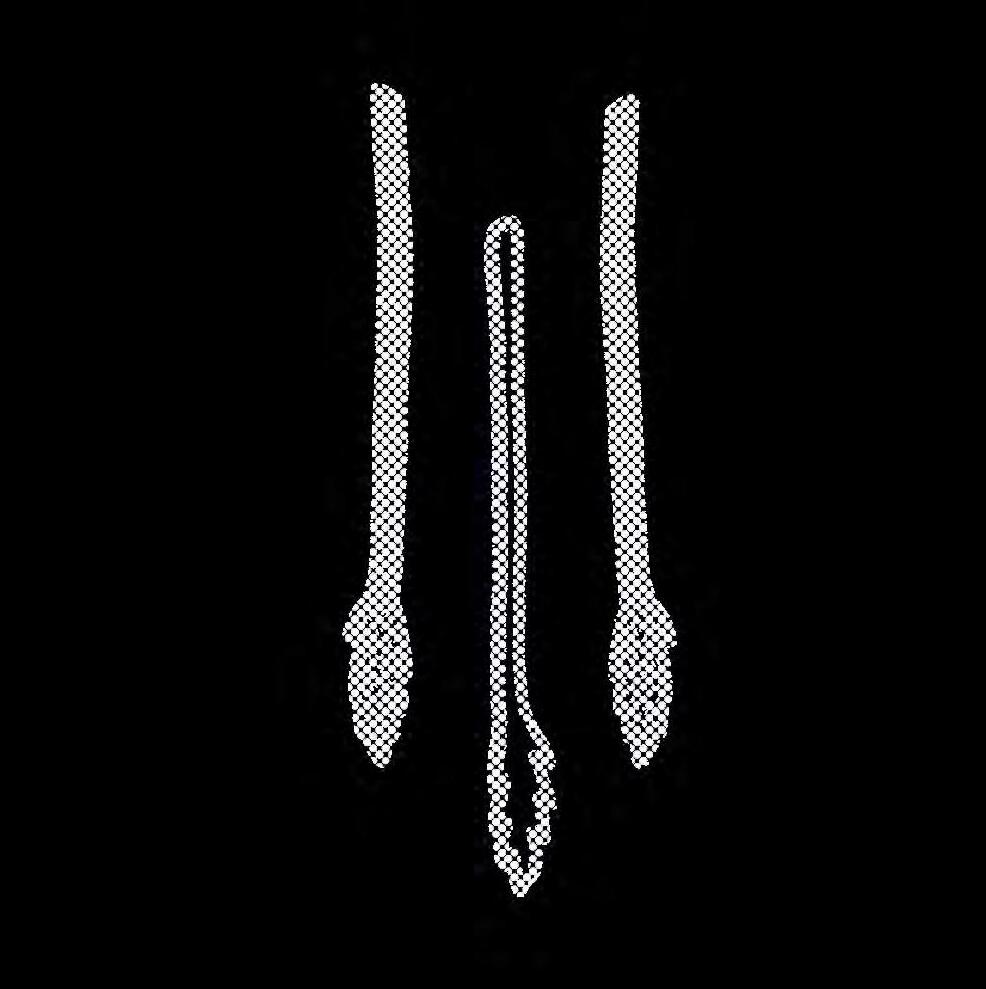






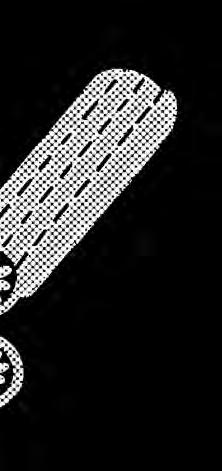
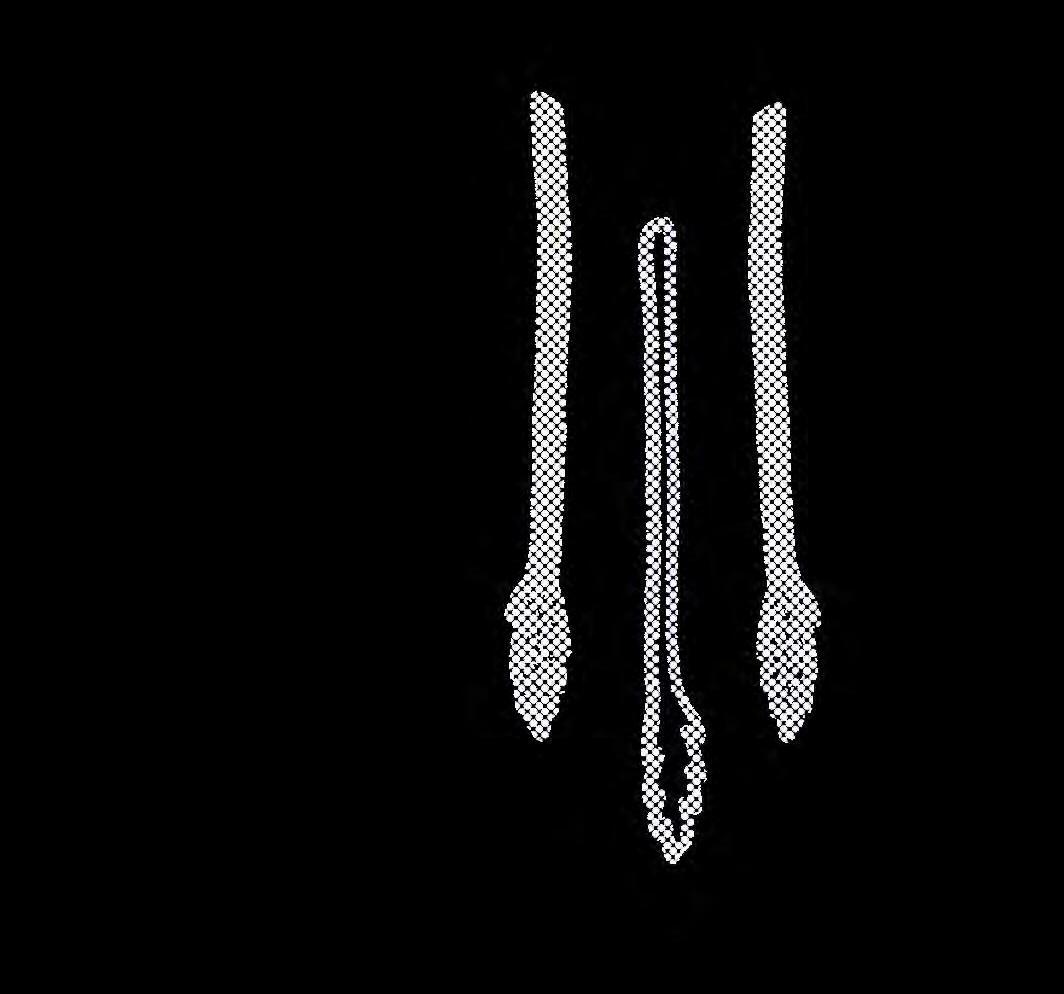


There are so many aspects of waste in our food systems, from actual food waste and the packaging that accompanies any purchased food, to the loss that occurs further up in the food supply system through production and transport.
The projects in this chapter approach this most pressing of issues from a range of perspectives.
Amy Hilliard and Sophie Williams both question how we can normalise and integrate composting into the fabric of our daily lives, thereby returning food waste into an essential resource for food production.
Dana Stankevicius explores how postconsumer-packaging waste finds new, elevated value through product design, thereby removing material from waste streams.
Rebekah Ramsay seeks to eliminate polystyrene from the food supply chain, proposing that custom grown mycelium boxes (on the paper and card waste pulp) address transportation and cooling needs of the salmon industry.
Most ambitious is the group ( Zoe Lowry, Lily Proctor and Sophie Williams) collaborating on Project Surge; who have developed a circular model for festivals.
Amongst the many dimensions that contribute to festivals, they have established principles, policy and a framework for assessment on how to manage food and its waste in a festival context.
Campus Compost is a collection of different sized units that work together to keep waste from landfill while also enriching the soil at the Inveresk Community Gardens.

This system of composting comprises of: compost buckets with education card (distributed in student residences), larger longterm compost bins (at the Inveresk Community Gardens), and a paper shredder for waste paper to be used in the garden.
This system will reduce the amount of overall waste the university is generating, keeping it out of landfill and using it to improve the soil at the gardens.


From waste to food. An integrated composting system, connecting student accommodation, to the Inveresk Community Garden.


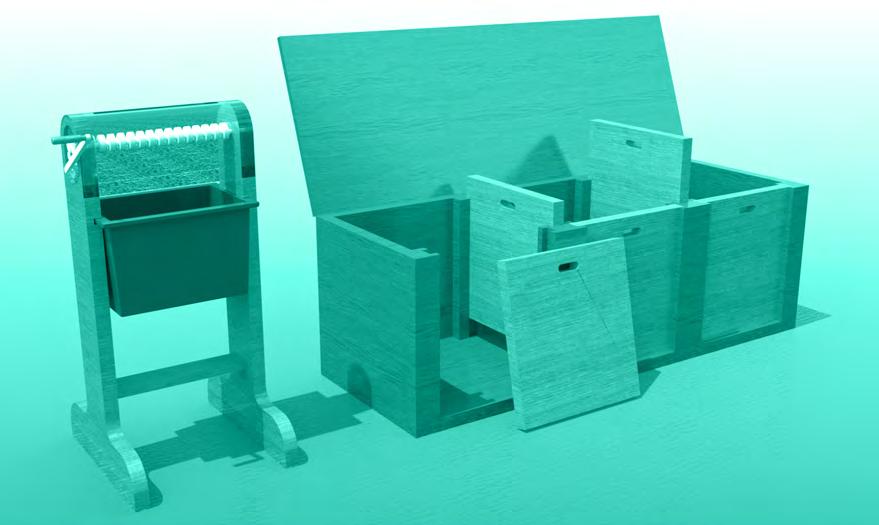
The Mycocold Box™ is a mycelium alternative to insulated polystyrene boxes widely used to ship produce in the Tasmanian salmon farming industry.

These boxes will be used to transport salmon with a frozen gel pack and will keep the salmon within a safe temperature range for up to five days of travel (which is the maximum standard delivery time).
Created from the charter to reduce solid waste output in the Tasmanian salmon industry, the Mycocold Box™ provides an alternative, sustainable material which won’t further damage the waterways where the fish are farmed.
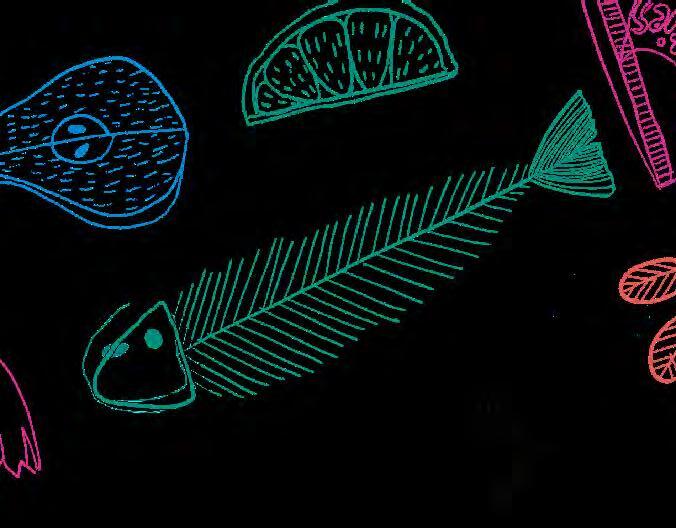
Once production has begun, the boxes will take approximately seven days to grow into a mold.
Produced at little to no cost other than the overheads for a warehouse to make them in, and staff to do the making.
The Mycocold Box™ adds value to a waste product (used card and paper product) from the salmon industry, and is a cost effective, environmentally friendly alternative which will make the industry stand out and help to heal some of the anger and frustration that the industry faces.

The Remade Jacket eliminates waste from landfill, and creates something new out of things that would have otherwise been thrown away.
The outer layer is a clear piece of plastic that came covering a newly purchased sofa; heavy duty and water resistant.
The second layer is a pattern of woven snacks wrappers that my family and I consumed throughout the pandemic (enough to make a jacket).
These were cut into strips, woven and pressed onto the third layer; an old worn plaid shirt.
With an abundance of clothing contributing to landfill each year, the goal of the jacket was to show how even un-donate-able items can be made into something new.


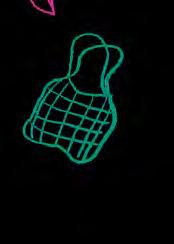

The Versus lounge chair aims to juxtapose natural and unnatural materials.
The main body of the chair is made from a combination of wood and recycled shopping bag plastics.
The armrests are created from a bio resin that has infilled with recycled plastic, and the seat and backing have been woven from second hand plastic shopping bags.
The goal of the design was for it to be as simple as possible, with the least amount of separate parts.
Three rounded squares make up the main body of the chair; this is meant for the chair to be able to be easily unscrewed then flat packed for move-ability.

The Versus chair with its modularity and rounded corners was inspired by the Wassily chair.

The automatic compost generator targets two user groups; households and SME agri-businesses.

The product seeks to attend to problems identified by current manual composting products in the market which include: consistent physical intervention, lack of information and guided support to create a successful compost from input to management and a lack of accompanying support service to troubleshoot issues.

The automatic composter adopts a ‘set-and-forget’ approach for user interaction and undertakes the composting in 10 - 14 days.
The rotation system uses a microfilm of water to rotate the ball composter.
A drawer and lid are accessed by ‘push in’ buttons.
Doubling as a water-feature, the automatic composter aims to make composting more accessible through automation and simplification of user interaction.

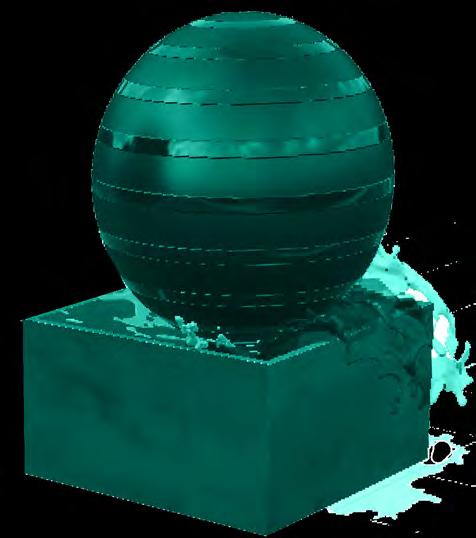
How can we collectively strengthen our relationship to where our food is grown and how it is produced?



“The single greatest teaches is that our planet need not be as long as the sun still still can plan and plant, we can, if we bother provide for ourselves the world.
MICHAEL The Omnivore’s Dilemma: A Natural



greatest lesson the garden relationship to the zero-sum, and that still shines and people plant, think and do, bother to try, find ways to without diminishing world. ”
Despite the proximity in Tasmania between cities and productive rural landscapes, students were uniformly surprised at how disconnected they were from food production in the state.
The work in this chapter recognises that the stronger the relationship between a population and its food producers, the healthier the people and food system will be.
Sarah Gillam takes aim at this disconnection between students and food production with a digital app aiming to increase awareness of local producers and seasonal eating.
In response to the pandemic Karyn Crosswell’s goal was to stimulate local travel and facilitate relationships between local tourists and producers.
Ryan James collaborated with Seedlab (an incubator for Tasmanian food producers.) on a local branding project.
In the north of the state, Catherine Jones reimagined a menu for Launceston restaurant Grain of the Silos rendering visible the unwritten costs of our food supply chain.
A number of the projects situated themselves around the newly developing Inveresk Community Gardens in Launceston on the University of Tasmania campus: Mattise Lunardi utilises the device of a shared artefact to create continuity between place and generations of students, while Georgia Maginnity invokes the age old tradition of shared celebration to disseminate cultural knowledge across the food system.
Covid 19 has been financially damaging for many small businesses, including small producers in Tasmania who rely heavily on tourists for sales.
We may not be able to travel far yet, however, with the Produce Passport you can explore Tasmania farm by farm and receive stamps of the places you have traveled to and the produce you have tried.
The goal of the Produce Passport is to encourage residents of Tasmania to buy locally and develop relationships with their state wide growers and producers.
The Produce Passport acts as a map of experiences and potential friendships.

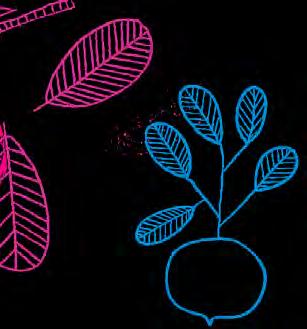
The Produce Passport is designed to strengthen relationships between producer and consumer creating shared experiences and stories.


There is a gap, a disconnect, between young people and local produce.

Today most food bought by uni students is bought through the major supermarkets.
Eating out or sourcing takeaway food is popular, but with the need for cheap produce many food vendors don’t focus on local produce.

The Local Feed app: Connects students to local produce available near them through ‘explore’ feed Provides students with a delivery service that

Creating an app where students can take-away some knowledge, a new recipe, a new place to find local food, or a better connection to the people producing their food is extremely beneficial for the next generation who will need to take individual steps to further tackle environmental crises such as the lack of sustainability in the food system.
connects students with, and gives students awareness of the local restaurants that work with Tasmanian produce Curates a student appropriate recipe feed that
can be made with Tasmanian produce Establishes a social platform where students can see posts by local farms, and keep up with the farmers producing food in Tasmania.

The platform brings awareness to local produce, making it easier to eat and cook local.
Guide Falls Farm is run by a retired environmental lawyer turned organic farmer/ tour guide/ butcher/ market gardener/ restaurateur / environmental activist... This led to a interesting brand identity challenge.
Our approach resulted in telling the story of regeneration and the need to always be learning and sharing knowledge and resources.


This collaboration was facilitated by Seedlab who have been instrumental in pairing emerging designers with agri-businesses in Tasmania.
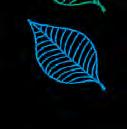
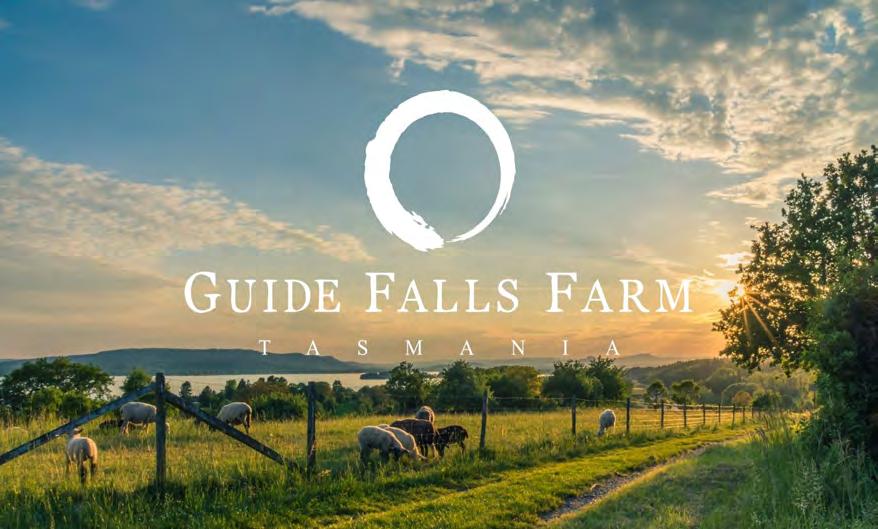

This project sought to redesign the menu for Grain of the Silos in Launceston, and in the process address the unwritten costs, carbon foot print and re-introduce supply chain visibility.
An isolated view of consumption is challenged through data visualisations, insights into processes and the inclusion of a holistic costing model.
Diners at Grain of the Silos are prompted to re-consider food, it’s provenance, processes and producers.
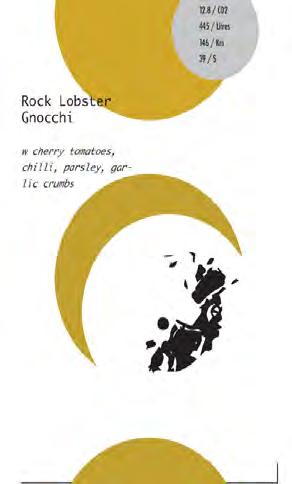
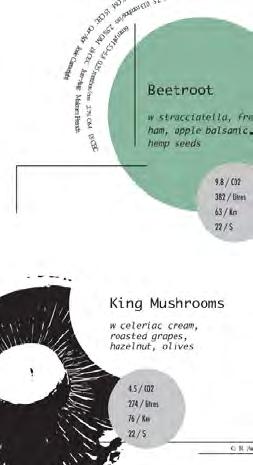
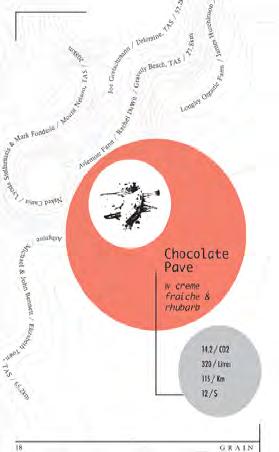
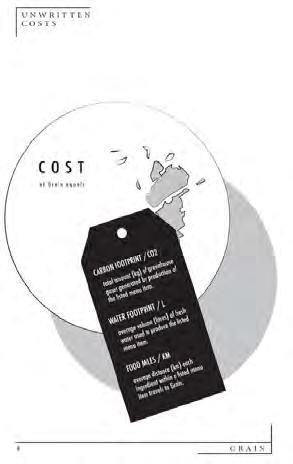

Dining experiences are often sensory laden, a flat graphic style has been used to avoid overloading the senses.
This design encourages a continued relationship with the garden and amongst students over time.
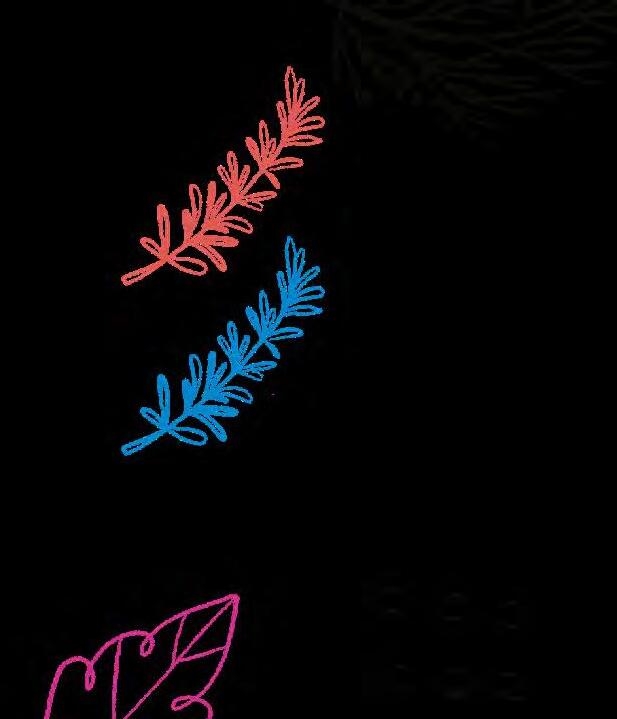
The publication is curated and constructed by graduating students of each year, to be handed over to a new cohort in the new year.
This handover concept aims to solve the issue of continued use and engagement with the Inveresk Community Garden as the cohorts change each year.

The Campus Cookbook is an annual publication full of recipes involving the fresh produce grown at the Inveresk Community Garden.

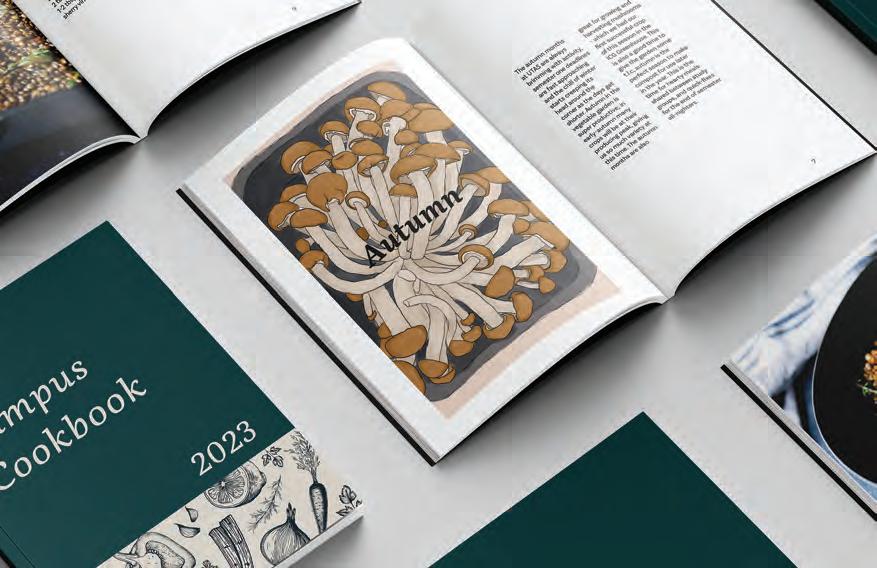

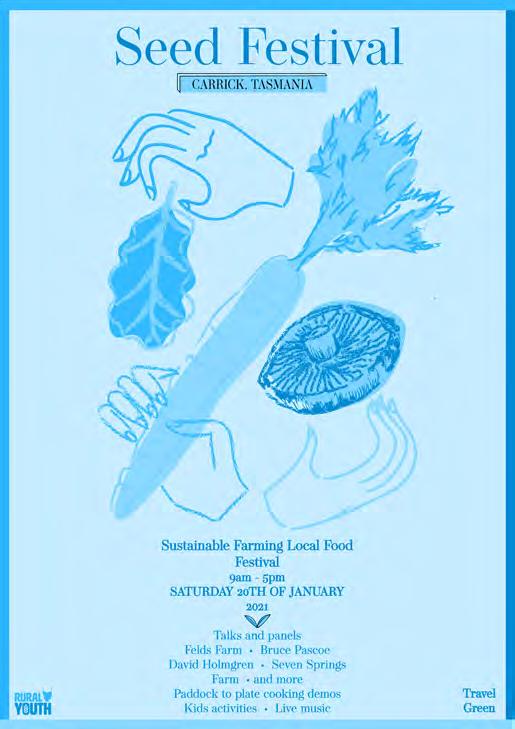
Seed Festival aims to allow people to learn first-hand what the issues are with our current food system and to experience the stories and the passion of local producers.
Talks, panels and cooking experiences build the foundation of understanding on sustainability, small farming, and working with the land.
Speakers Panels bring small farms together to allow sharing of ideas.
The festival finishes in the communal space ‘The Feast Atrium’ where every guest can gather and celebrate the future through uniting all the sensesthe music and social atmosphere, the smell of food cooking, the movement of dance and excitement.

Seed Festival is an experience that invites everyone to be a part of a sustainable food system; to educate and inspire change.
How can our spaces support valuable social interactions around food?


“As the world has moved holistic and integrated food systems, one that for healthy people planet, there is a need existing incentives and where required.”
SASWATI
Head of Food Systems World Economic



moved toward a more integrated understanding of that meets aspirations and a sustainable need to repurpose and create new ones required.”
SASWATI BORA Systems Innovation, Economic Forum
All the students in this chapter use design, across a multitude of disciplines (architecture, object, digital, communication) to ask how our experiences with the food system can be reimagined.
Less than loved spaces are imbued with programmatic activity to establish a sense of community around the topic of food and its production.
The common purpose of growing food — the shared effort and reward, the gaining of new experience and skills — are utilised and designed into spaces, objects and activities, where diverse people can come together taking active roles in their food system.
What speaks clearly through all these design projects is the desire for a more inclusive, active sense of place that supports social engagement.
The topic of food, so central to all our lives, has proved a fertile proposition for reframing and designing experiences.
open recipe bank like this provides a great source of community within the garden, as well as giving all community members share their favourite recipes. With native plants growing in the true for Indigenous community members and their recipes.
bank has the potential to appeal to a wide range of demographics, they’re experienced garderns or cooks providing recipes, or someone
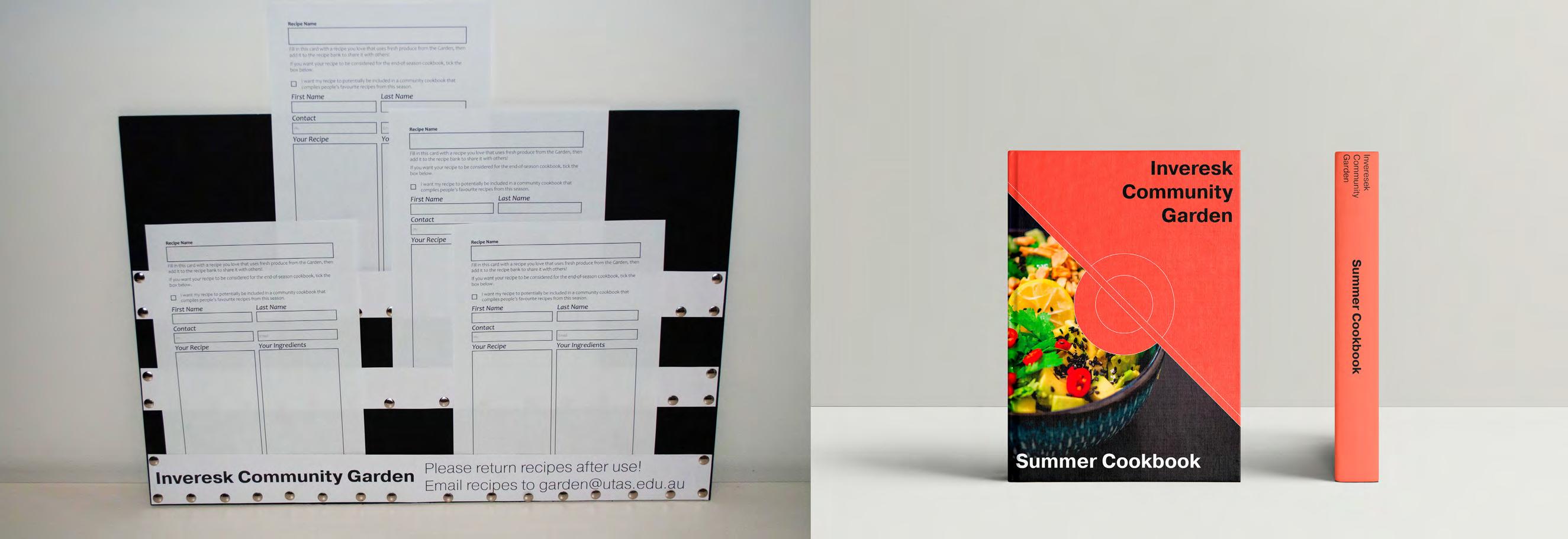
A recipe storage bank, within the Inveresk Community Garden, where users can donate recipes, either by writing it onto a recyclable paper card, or by emailing someone responsible for the Garden. They can also freely access and use recipes donated by others.
Recipes can also be put up for consideration for a seasonal cookbook— through events and local input, the community can decide which of these recipes are their favourites, recipes will be compiled into a cookbook for the
end of every season, and sold to the public to raise funds for the Garden.
A free and open recipe bank like this provides a great source of community engagement within the garden, as well as giving all community members a chance to share their favourite recipes.
This recipe bank can appeal to a wide range of demographics, whether they’re experienced gardeners or cooks providing recipes, or someone who’s looking to foster their own interest in the Garden and its produce.
A sense of community & pride in contributing to seasonal cookbooks; a reminder of the collaborative nature of the Garden; a souvenir for those in the local community & beyond.
As an island state, Tasmania faces specific issues related to food security. The disruption of supply chains caused by the global pandemic highlighted the need to address a local food system that provides direct benefits to local communities.
The former James Nelson Pte Ltd buildings in Mowbray provide a strategic location within a local community with a diverse demographic profile, and a notable migrant community.
The adaptive reuse of these buildings creates a civic space that provides the community with opportunities to learn, grow and interact with one another.
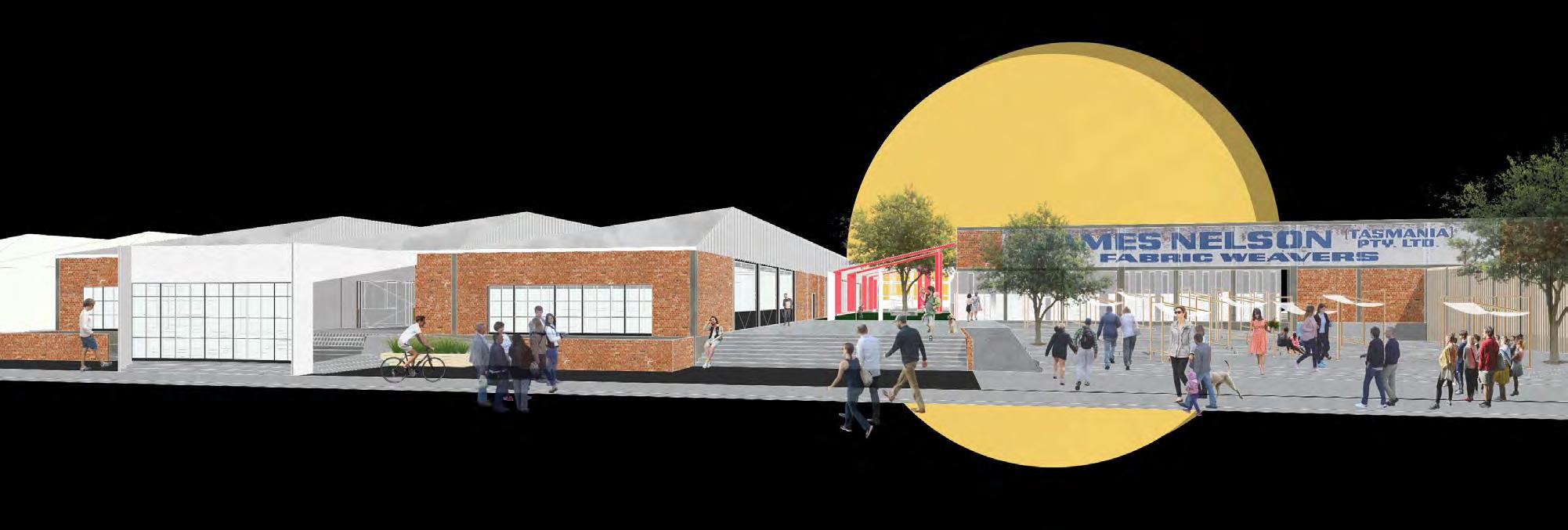
Central to the architectural framing of the project is the idea of ‘democratic architecture’ which supports the idea of ‘designing for its people by its people’.
The programs are classified into three personalities - reserved, curious and expressive - which signal different conditions of interaction between users and the space.


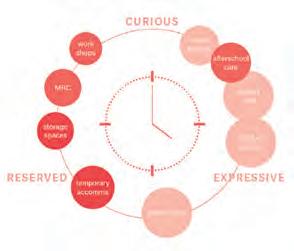



The project facilitates a response between space and people; a series of open spaces allow flexibility of use
























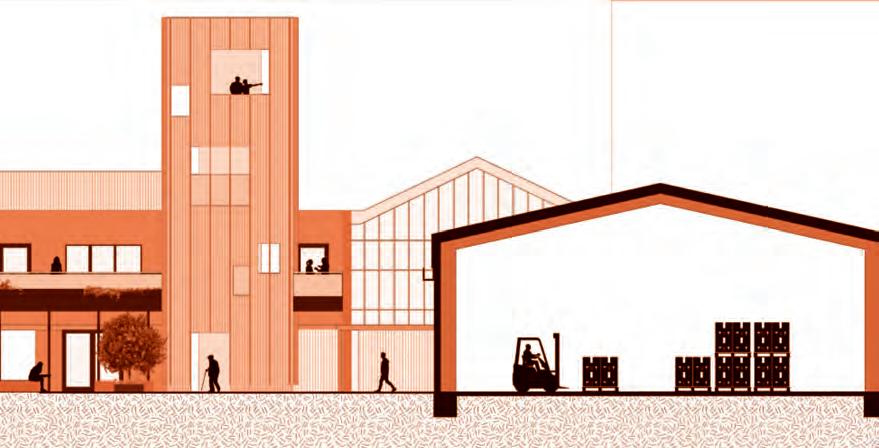
The City of Devonport is the gateway to the North-West of Tasmania, and the arrival point for visitors arriving directly from the mainland of Australia via ferry.



Studies show that 92.7% of agricultural production in Devonport and the surrounding areas is focused on fruit and vegetables, however people living in the West and North West regions pay more for this produce than in other parts of Tasmania. Surveys show that only 7.4% of Devonport residents eat the recommended daily intake of




















food access, and opportunities for relocalisation of food systems within the Devonport area.







Located on the edge of Devonport’s CBD, this project engages with issues of food security, equity and literacy, supporting local food supply chains and providing education and support to grow food and to prepare healthy nutritious meals. This project serves as a social catalyst for a variety of events including gardening demonstrations, street performances, cookouts, popup markets and community
 montage 02: view from Edward Street
montage 02: view from Edward Street

ICG app engages visitors to the community garden in Launceston through a variety of features.
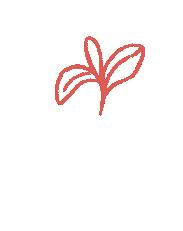
With Veg-Hunt challenges, Sculpture trails and plant identification features, the ICG app aims to educate, entertain and foster connections between visitors and regular attendees.

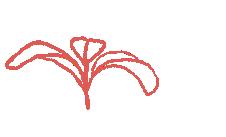

The app aims to increase engagement & inclusion within the community garden.
In 2020, the global pandemic created impacts on socio-economic order, disrupting accepted patterns of connectivity, travel and supply chains, which in turn raised questions about the opportunities of urban living, food systems and community.

This project seeks to explore ways in which a temporary destablisation could be employed as a catalyst for fostering new modes of relationships and systems. It envisions an urban intervention characterised by hybridity to promote an integrated approach, fostering sustainable food, education and community systems.
The proposed intervention is located within the boundary of Ogilvie High School, and envisions a ‘village’ model which utilises local skills and resources, drawing on the rich demographics of the Moonah and Glenorchy communities.

The facilities include urban greenhouses, youth skills workshops, community gardens and kitchens, and public recreational facilities.


It seeks to serve as a nurturing ground for the growth and convergence of an intertwining relationship between the three foundations of food education and community.



Sharehouse is a sustainable, low-cost solution to a number of the societal issues we face today, including mental health issues, increased stress levels in university students, and a growing number of Tasmanians sleeping on the street.
It is a picnic table that doubles as a public library and shelter, providing a cosy nook for students to unwind and read by day, and a much-needed place of refuge for people without homes by night.

The Inveresk Community Garden should be just that; a place for the entire community, including those without a home.




In Tasmania, there is a food paradox in which the state is a top producer of high quality foods, but many Tasmanians are not able to access healthy foods due to a complex set of socio-economic issues that affect food equity.
The majority of produce in Tasmania is exported interstate and overseas, and local food supply is dominated by big box supermarkets.
This project explores opportunities to relocalise food supply and distribution, to increase access and address equity and literacy. It draws on current aspirations for Launceston to become a UNESCO City of Gastronomy a key food destination on a global stage, developing a speculative masterplan for an integrated urban food precinct.
This project is located on the semi-industrial edge of Launceston’s city centre and includes a sequence of key
‘prongs’ to revitalise the area through re-purposing of existing brick warehouses and the transformation of the adjacent parking lot. The site accommodates a mix of events and activities that are variously public and intimate, formal and informal, catering to different user groups and functions.

The project aims to provide an alternative form of civic space that focuses on integrating food, education and community, creating a new form of civic architecture that acts as a device for social and community engagement.

Towards a local, healthy & sustainable new normal for Tasmania’s Food Future

The Inveresk Community Garden (ICG) Social Club is an event initiative aiming to create an engaging community experience within the ICG.
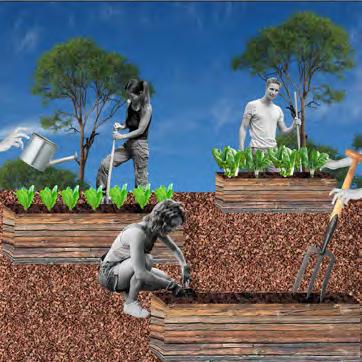
The ICG Social Club is an event initiative aiming to create an engaging community experience within the ICG. Primarily aimed at students, the event operates in a round robin ‘speed dating’ style, where you have 20 minutes at each gardening station with a different group. All culminates with a beer garden at the end, allowing participants to connect over the task they have just completed together, with the beers bought raising funds for the ICG. The Social Club is a fun way for students (and the broader community) to get involved directly with the university community and meet new people, while learning life skills.
Primarily aimed at students, the event operates in a round robin ‘speed dating’ style, where you
have 20 minutes at each gardening station with a different group. The event culminates with a beer garden at the end, allowing participants to connect over the task they have just completed together, with the beers bought raising funds for the ICG.

 (Concept visualisations of the two part event)
(Concept visualisations of the two part event)
The Social Club is a fun way for students to get involved directly with the university community and meet new people, while learning life skills.
The act of eating is more than nutrition – food is joy, respect, breathing, listening, pausing, interacting, loving and stewarding. Not everyone experiences this pleasure. Individual circumstances, both temporary and lifelong, can transform our relationship with food and force us to become reliant on others, or on systems of support. If the legitimacy of the food system changes with individual circumstances, then it must be redesigned.
‘Food Utopia’ is an interactive design activity, that invites participants to read and share stories of personal food utopias to develop awareness and empathy.
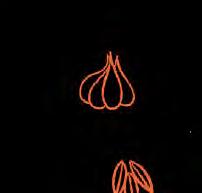
Circumstance cards, encompassing a diverse array of barriers from afford ability, to health, geography and knowledge, are used as prompts to consider personal experiences through a building activity. These experiences are then captured on individual story cards, which themselves become par of the activity for future participants.
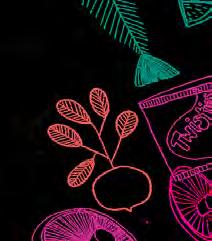
To redesign the food system so that it truly includes and supports all, each individual voice must be given the right and the platform to represent how they see the food system working for them.
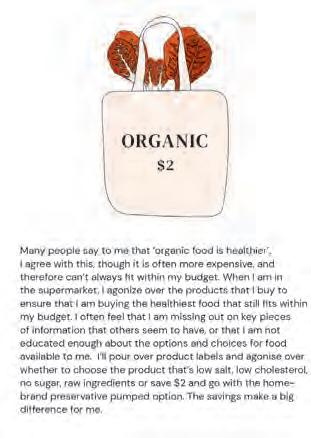
You are invited to take part in this network of empathy, and share your individual, personal food utopia.


For a nation that produces two and a half times more food than it requires, it is perhaps surprising that in 2018, more than four million Australians, or 18 per cent experienced food insecurity, or the inability to put healthy food on the table every day.
This project explores ways of addressing food security through the re-localisation of food systems, creating integrated garden spaces that promote community engagement and education to address food literacy and promote health and well-being.
This project provides market spaces and productive gardens in a park and recreational environment on the edge of Inveresk, an inner-city suburb in Launceston, Tasmania.
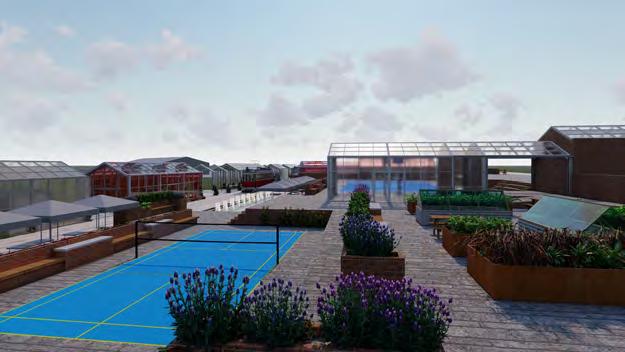



is the change we need to emphasise the importance of local food production in supporting the
How can physical & digital products help us develop positive relationships to our food systems?
Cooking is good citizenship. way to get serious about raised foods into your farmlands healthy and the neighbourhood.”
Animal, Vegetable,

 BARBARA KINGSOLVER
Miracle:
BARBARA KINGSOLVER
Miracle:
citizenship. It’s the only about putting locally your diet, which keeps and grocery money in neighbourhood.”
KINGSOLVER
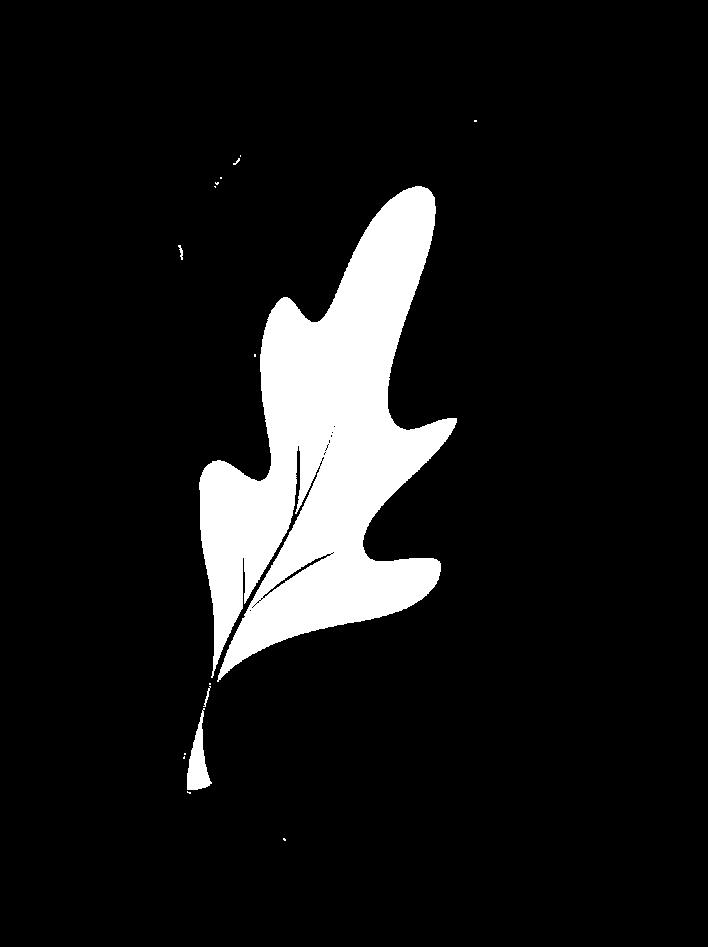

Miracle: A Year of Food Life

When well designed, the physical and digital design artefacts around us embody the context in which they were designed; they galvanise our values and reflect our desires. The projects in this chapter take some aspect of food as a starting point to inquire how we might be deliberate in shaping different relationships to our context through the design of these artefacts.
Hayden Clark and Kaitlyn Geltner consider how modular design can increase the functionality of gardening infrastructure.
Jess Gibson embraces design as provocation and simultaneously manages to celebrates carbohydrates! Her work elevates the humble potato as a prompt to question how food experience might empower people to make better decisions, while speculating on the future of wheat in the face of climate change in her Good Gluten project.
With a uniquely local circular approach, Megan Hall takes waste apples from orchards and creates a recipe that targets the pesky European Wasp; mitigating their destructive force in the Tasmanian fruit industry.
Samantha Lester partnered with the University of Tasmania Centre for food Innovation, taking an interdisciplinary approach to question what the future of food might be.
Dana Stankevicius shares her tasty recipe for a Trash Table, proving you can go from trash to treasure, and Lydia West seeks opportunities for spaces to support holistic experiences.
The final four projects in this chapter are group works that respond to the Inveresk Community Garden, which is under development at the University of Tasmania Inveresk Campus. These teams question how spaces can be designed to hold communities together around productive gardens. In order to answer this, the teams developed stakeholder engagement workshops to help surface needs and desires of the local community.

The project involves input from a diverse group of stakeholders and is being asked to serve a broad range of interests and agendas. These include, but are not limited to improving social cohesion, student wellbeing, food security, teaching and learning, research, community engagement, campus activation, and environmental sustainability.
The fixed infrastructure and spatial design have largely been established following a masterplanning and detailed design process set from the REALMStudio (Landscape Architecture and Urban Design consultant).
One aspect of the design that has not been given deep consideration to this point is the ‘interface’ between the users and the infrastructure of the garden.
The design of these systems, processes, and soft infrastructure will be vital in connecting communities to the garden and futureproofing it to ensure its sustainable growth into the future. Students collaborated in teams to produce work together to produce design charters, principles, mission statement and feature list to guide the Design Production class on producing a service deliverable for the Inveresk Community Garden. These teams worked together on creating a round-table workshop with real world stakeholders, using a participatory design process. From there they designed, developed, and pilot-tested CoGeneration workshops to gain and analyse insights from potential future user groups.
Studio Lead, Mark Sawyer
The Inveresk Community Garden is a large‐scale project being developed on the University of Tasmania Inveresk campus.
We designed a toolkit for users to reflect on their state of mind when engaging in ‘gardening’ activities. Here, the purpose was not so much about gardening itself, but rather to learn about our participants’ satisfaction with the experience. Their reflections would be the gateway to further discussion, and hopefully a deeper understanding of their values and needs when it comes to sense of wellbeing.
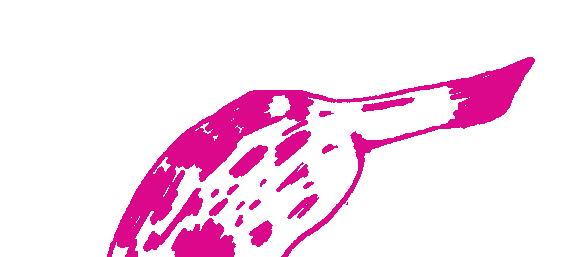

 Dirt Designers Team: Annalise Weidenbach, Amy Hilliard and Lily Proctor. (Left to right)
Dirt Designers Team: Annalise Weidenbach, Amy Hilliard and Lily Proctor. (Left to right)
1. The user interface of the ICG should foster a sense of belonging, pride in community, and opportunities for meaningful connection.
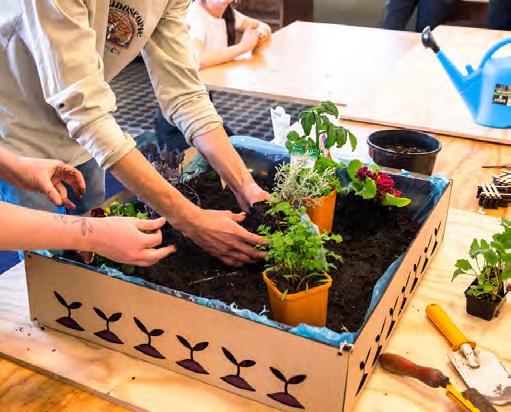
2. The user interface of the ICG should provide opportunities for collaboration.
3. The user interface of the ICG should provide opportunities for education and learning.
4. All users of the ICG should feel heard and included.
5. Wayfinding in and through the ICG should be legible and easy to navigate.
6. Technologies implemented in the ICG should be prototyped and user tested to create a smoother experience for users.
7. Mobility and sensory access in the ICG should be available to all.

Design an inclusive space that fosters social vitality and mental wellbeing, through deeper connections to place & community.
First iterations of the sensitising kit required participants to build some-thing that represented their values.
This got people thinking about what they found important and was a way to engage and create ease within the group.

We then asked participants to reflect on a positive experience at a festival.

After feedback and testing the final question was ‘broadened’ and asked participants to ‘think of a positive experience you have had this week that has made you feel a part of a community’.
Our focus was to identify and understand the needs of local university students in relation to the Inveresk Community Gardens.
To gain insights from the community stakeholders, and covert these insights into possible interface improvements that make the space feel engaging.

One of our goals is to facilitate a long lasting connection between students and the space.
Our aim is to use the information gained through the workshop to generate ideas that can help facilitate events and activities within the community gardens.
This will create a garden space that will flourish for the long term.
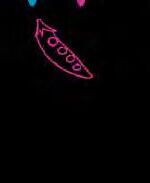
The workshop revealed the attachment participants had to the idea of being involved in events, engaging in activities and opportunities facilitated around the local community.
One participant stated ‘I get pleasure in knowing the community does things’ and appreciates what’s happening in the community even if they are not involved.



All participants saw value in the events that supported the local community. Analysis of the workshop revealed the connection participants already had with both the campus and the local community.
The positive attributes they saw in what they already had and events they already enjoyed, would provide a clear direction of principles the community garden could follow in order to create a similar connection for users in the community garden.
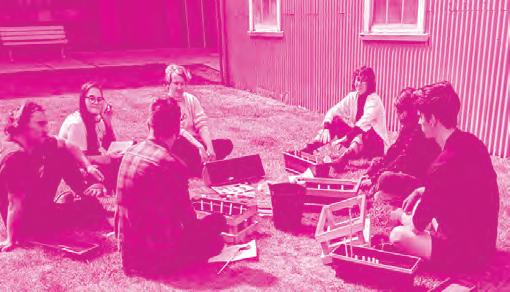 Peas get Degrees Team: Georgia Maginnity, Tom Bourke and Aza Nichol-Hawkes.
Peas get Degrees Team: Georgia Maginnity, Tom Bourke and Aza Nichol-Hawkes.
Our sensitings kits asked participants to engage with three prompts in regards to a community (or communities) they are currently in or associate with. These formed part of activity 1 (collaging).
The design of the package (wooden box) was paired with insect/ecological seed mix & instructions; with the intention participants would reuse the packaging to plant their seeds before transplanting and enjoying & reflecting on observation of nonhuman communities beyond the workshops.
Our goal was to establish a charter and set of guiding principles for the design of a user interface that satisfies the current and future needs and wants of primary and secondary users of the Inveresk Community Garden (ICG) and encourages sustainable and ongoing engagement within the ICG community.
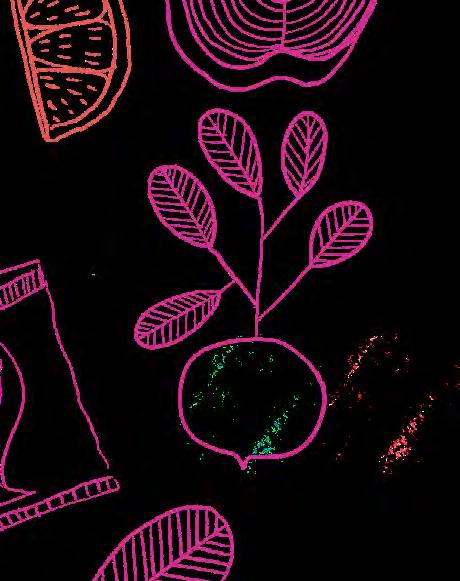
 Conveg Team: Callum White, Zoe Lowry, Sophie Williams and Modupe Thomas. (Left to right)
Conveg Team: Callum White, Zoe Lowry, Sophie Williams and Modupe Thomas. (Left to right)
What does it take to build and maintain a community garden at Inveresk?
Design Charter - Create a user guide and system that both promotes and articulates structured community engagement, volunteers, maintenance, food distribution, activities to all users of ICG but especially those with reduced capacity to self-advocate.

What might the values and needs of the future users be?
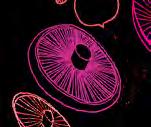
Design a product system that increases clarity and engagement with the Inveresk Community Gardens and its extended journey for the whole Launceston community, with a focus on staff and students of the Inveresk University of Tasmania campus.
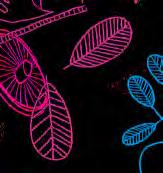

We’ll be walking over to and will discuss our choices
name, connection to garden then given a blank lanyard, they will choose both an image and from a given selection. Once all the group will commence park, and they will explain why they chose each of their
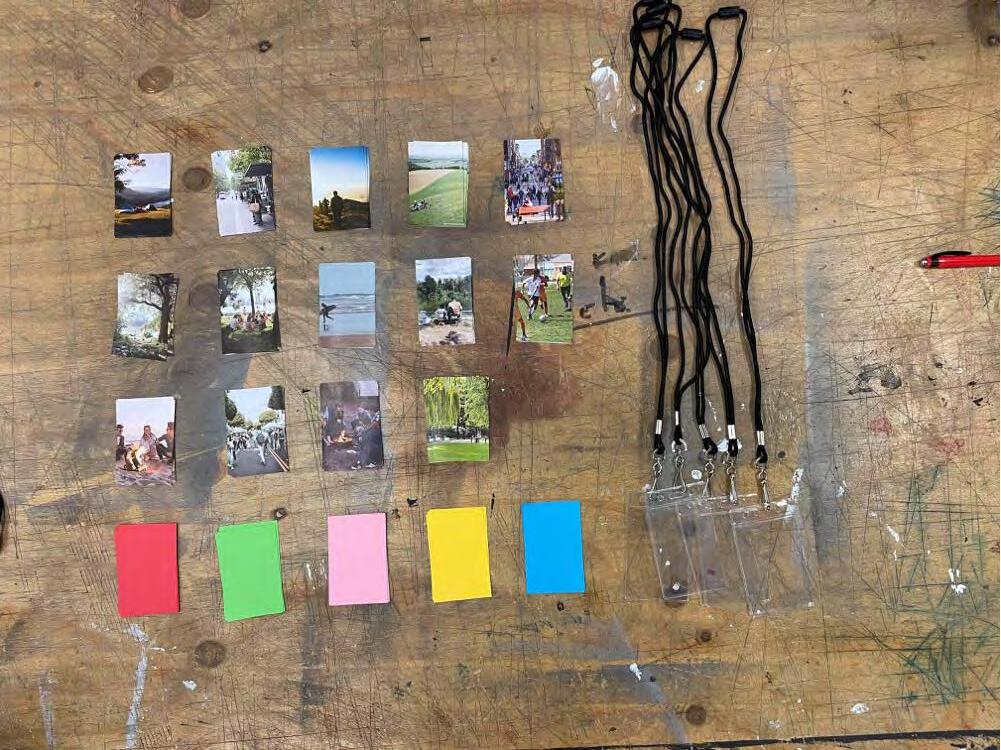
Goal: To understand the movement and interaction of participants in the space as a part of their extended user journey.


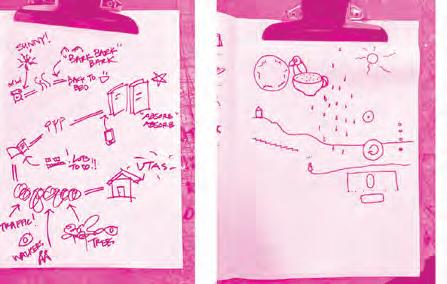
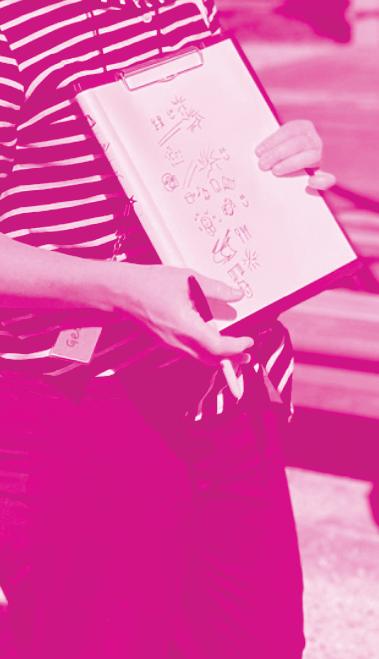
Focus: Participants unique interaction with the Inveresk Community Garden space.
Scope: The scope encompasses the broader user journey of participants, such as their journey to, from and around the ICG, their interaction with other outdoor spaces and their personal movement/routine.
The Produce Transport Hub is essentially a bench with storage for three trolleys as well as drawer storage for paper bags.
The storage trolleys have been designed with usability for all in mind. They feature a compact and extendable handle that retracts into the underside of the trolley as well as wheels that are lockable to allow the trolley to become a seat while gardening.

Produce is able to be stored and transported in the trolley, keeping it out of direct sunlight on hot days.

The Hub houses three separate trolleys and acts as a bench for preparing produce or for seating.
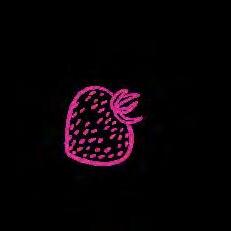
Featuring a compact and extendable handle that retracts into the underside of the trolley as well as wheels that are lockable to allow the trolley to become a seat while gardening.
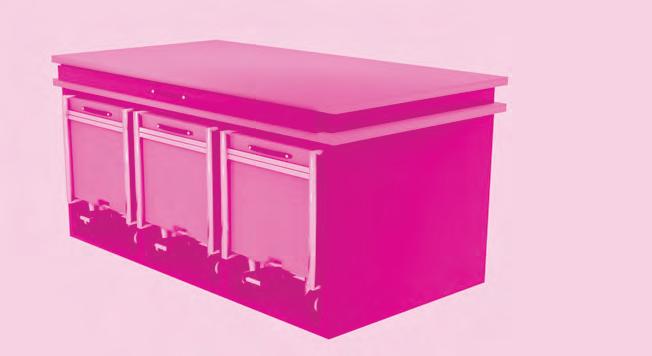
Produce Transport Hub is a comprehensive way of transporting produce in and out of the Inveresk Community Garden.



The Humble Potato is a dinner featuring the versatility of the democratising, familiar and prosperous humble tuber. The proposed concept is to use the potato as a cultural artifact, to prompt interaction and conversation around the dinner table. Using food, material exploration and objects to prompt stories and conversation - this is not a Participatory Design exercise nor a gimmick so, there will be no choreographed prompts for conversation.
The premise, the food and objects will be points to anchor conversation. Overall, this is an exploration of how the act of eating together, with the support of engaging with other visual and sensual mediums, can empower us to make more valuable choices around food, bringing us closer to a brighter food future.

How can stories and an exchange of ideas be used to challenge perceptions around food & empower people to make more valuable food choices?
Climate change and elevated CO2 levels will increase the yield of wheat but will reduce the concentration of protein and micro-nutrients such as zinc and iron in the grain.
As Australia is notoriously dryer, the CO2 emissions rise has the potential to have a devastating impact on wheat farms and industry at large.
What does this mean for our bespoke, sourdough affluent growing society?

More importantly what does this mean for the nutritional values of the grain and for lower socioeconomic groups that rely on bread as a source of zinc and iron?
A shrine to bread.
Bread Pill. A speculation: In a climate where CO2 emissions have elevated so far that they have dramatically impacted the protein levels for industrial and sustainable wheats, resulting in essential micronutrients zinc and iron are
Despite the elevated CO2 increasing the yield of the crop, what use is it if it has no nutritional value?
Will higher grade wheat and its bread products become a luxury perishable?
Or is it already?
Speaking from the context of middle-class Australia has our reliance on the humble loaf (and industry) of bread distorted and impacted our ability to be more resourceful and self-sufficient?
no longer found in these grains. The idea is that this will rejuvenate and restore health in the population, reinvigorating their prosperity.

During a time when food is a common denominator the hope is that it will encourage people, with support
and guidance of community to become more resourceful, selfsufficient, and most importantly engaged in what they eat, to find their sources of zinc and iron elsewhere rather than being dependent on bread.
Good Gluten explores bread as a cultural artefact.
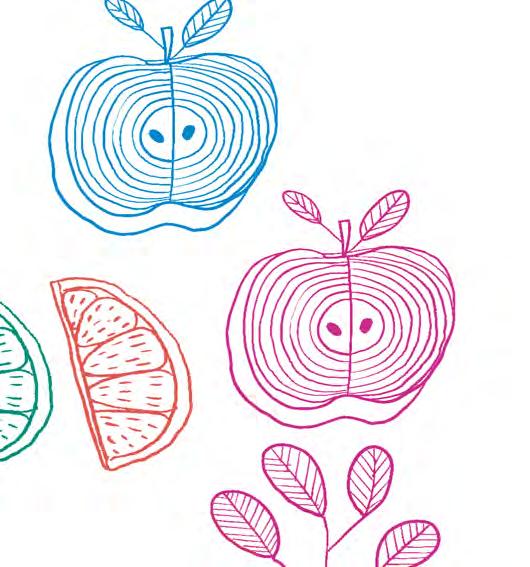

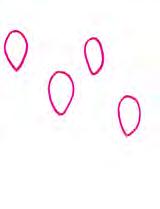


The wasp bait is a biodegradable tablet made of pomace (the pulpy residue of apples or other fruit), that is easily attached to a branch of an apple tree or other fruit tree. Through use and over the season it will slowly disintegrate leaving no waste.
This reduces the use of chemicals and labour, as the product doesn’t need to be removed once finished.

Timing of placement is crucial.
By distributing the wasp baits after the bees have have left, the bait will attract the European wasps and reduce the quantity of apples damaged by the wasps. The pomace, is made from waste apples and in this proposal, returns the waste fruit back to the orchard, helping the production of healthy fruit.
The Wasp Insecticide tablet utilises waste apples, turning them into a natural insecticide, to target European wasps which adversely affect the Tasmanian fruit industry.
An interactive design provocation for public display that highlights and demystifies the practices of food-labs.
The provocation will focus on giving real-world insight into potential future applications of food + design innovation and technology.
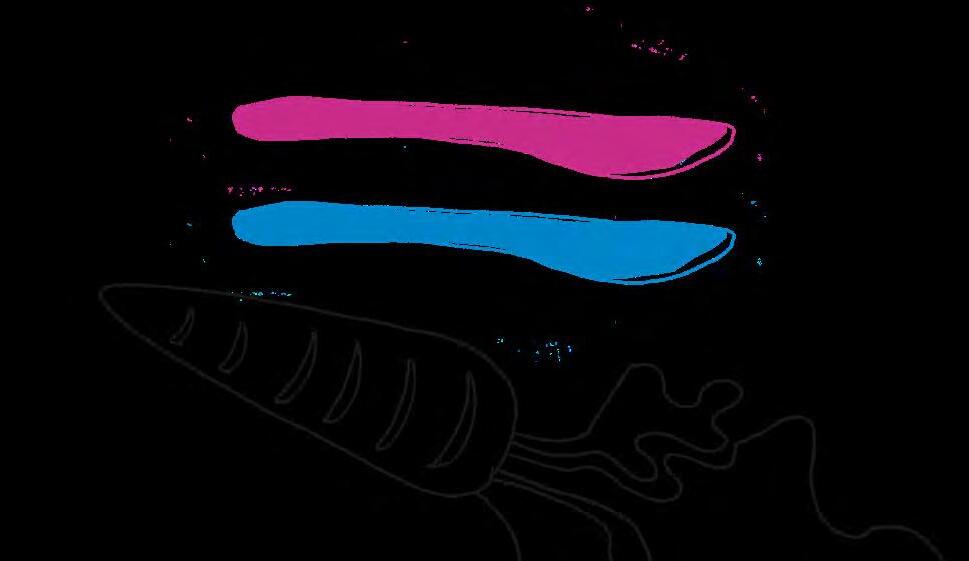
The display is to be framed within a futuristic dystopian lens, one in which traditional agricultural and farming practices may be unsuitable due to climate change.
The provocation will ask the viewer to acknowledge the current challenges for sustainability
years as people begin to discover its high protein values and low resource expenditure. This food prototype is intended to consider this as a real potential outcome and explore how we might aim to make an unusual ingredient palatable and visually interesting.
What does the food industry look like 50, 100, or 500 years from now?
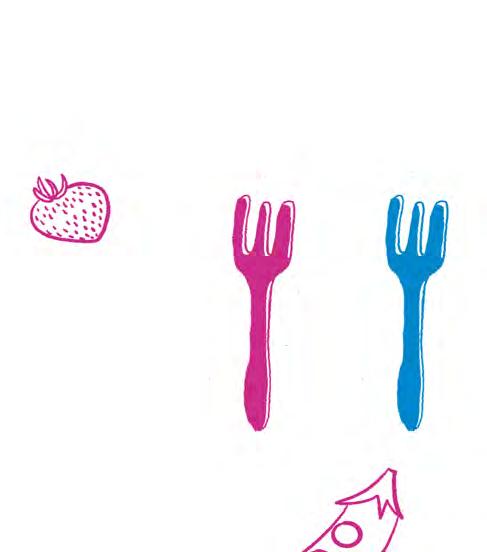
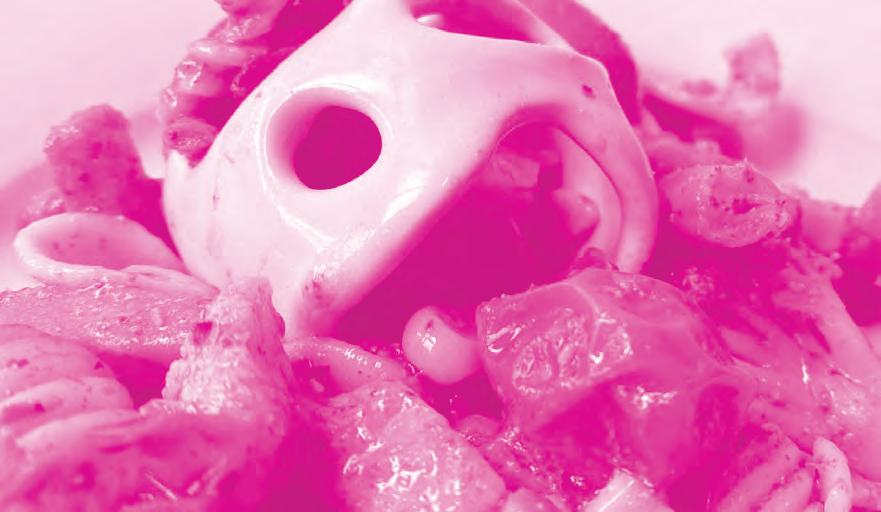


3D Tactile map of Inveresk community garden features led light board connected to map key and movable pieces.

This Tactile Map helps visually impaired and regular users of the Inveresk community garden navigate the space. Led light paths are activated through buttons on the map key, users can see the path to the selected location on the map. This also activates the physical lights in the garden, guiding users through the environment.
These signs encourage users to smell, feel and taste what is growing in the garden and are adaptable to the garden’s constantly changing state.

Braille and tactile pieces help visually impaired users understand the space, while the ‘movable’ objects in the space are also movable on the map.
Garden signage features changeable information panel and solar power light activated with 3D map key.
A multi-use map allows a spectrum of users to navigate the space by breaking down the idea of a map into its simplest forms.
This creates a product that feels intuitive, inclusive and easy to use and that is adaptable to each users’ preferences and needs.
By encouraging use of senses users can feel a deeper connection to the space.
By designing for all the senses, users can feel a deeper connection to the space.

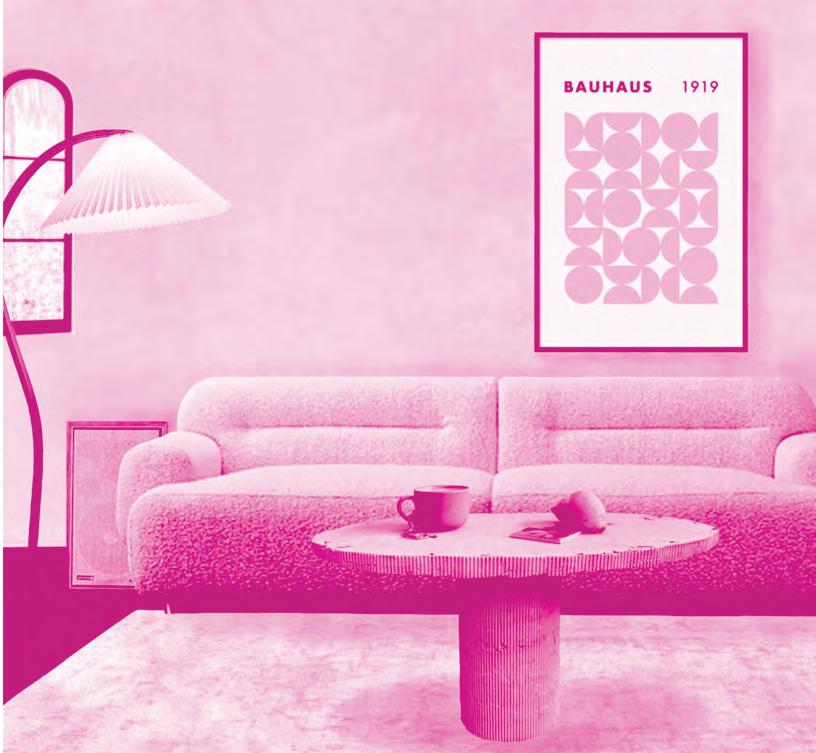
Ingredients:

1. Trash
2. Concrete
Instructions:
1. Find chipped ceramic tableware or items unlikely to sell from local second hand shops.
2. Rummage through friend’s houses for unwanted glass bottles and hard plastics.

3. Scour unwanted items on campus corners at University.
4. Place an empty milk bottle and fill with broken down trash aggregate and concrete. This will bulk out the base of the table.
5. Use a scrap piece of metal in table top center for stabilisation, create a ‘terrazzo’ effect by placing more trash around the top.
6. Use corrugated cardboard for the molds.
7. The result is an easy budget friendly way to achieve the rounded sculptural shape inspired by Grecian columns in your trash table.
This publication curates the work completed under Design Food Resilience theme between the years of 2020 and 2022 across the Bachelor of Design and the Master of Architecture. It was curated, designed and edited as part of a Work Integrated Learning Unit with students: Jacquie Del Pio, Georgia Maginnity, and Modupe Thomas.
Led by Vanessa Ward
Edited by Ceridwen Owen
Special thanks to Julian Worrall
Publication Details:
ISBN: 978-1-922708-33-5
vwww.utas.edu.au/architecture-design
Thank you also to the following stakeholders who graciously gave their time to share their knowledge, experience and work with our students:
Jo Cook, Andy Cooley, Chris de Bono, Catherine Elliott, Ian & Kate Field, Leah Galvin, Dom Geraghty Peter Handy, Tania Harvey, Alaric Hellawell, Syed Hamza Iqbal, Holley Jones, Mike & Lauren Layfield, Hazel MacTavish-West, Liz & Rick Mahnken, Pauline Marsh, Jeff McClintock, Massimo Mele, Hannah Moloney, Sandy Murray, Jennifer Robinson, Samantha Sawyer, Kim Seagram, Roger Stanley, Angus Stewart, Danielle Wilde, and Abigail Wright.
As a reflection of this institution’s recognition of the deep history and culture of this island, the University of Tasmania wishes to acknowledge the Palawa people, the traditional owners of the land upon which the work in this ‘zine was created; and pay respect to elders past, present and emerging.